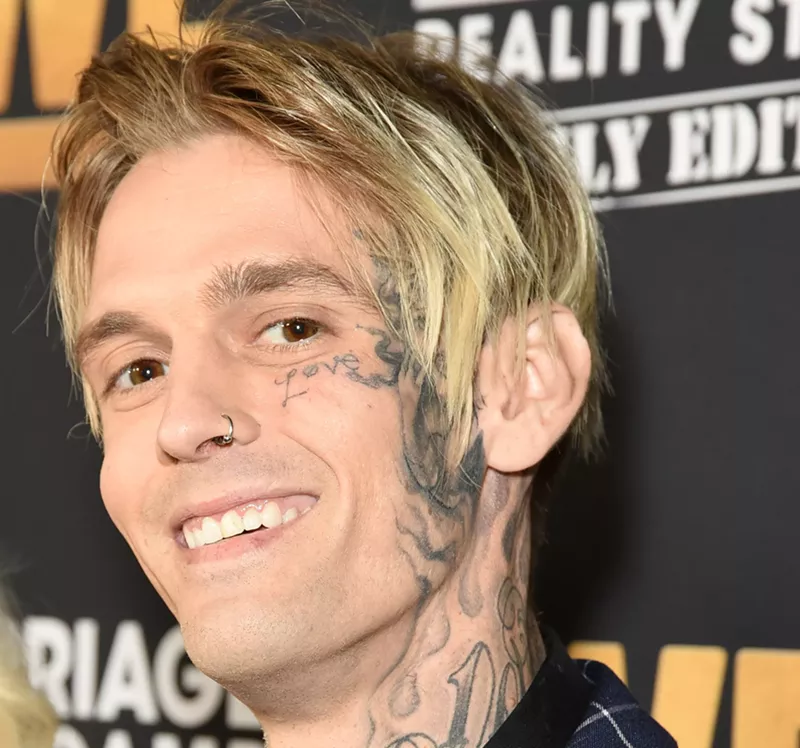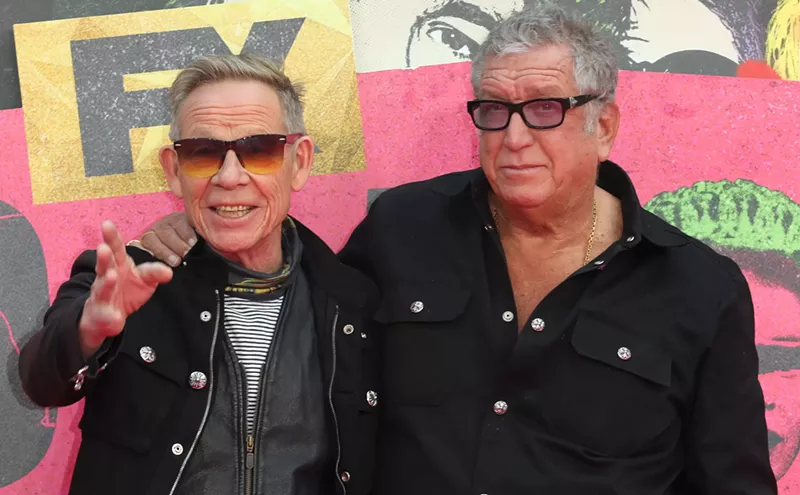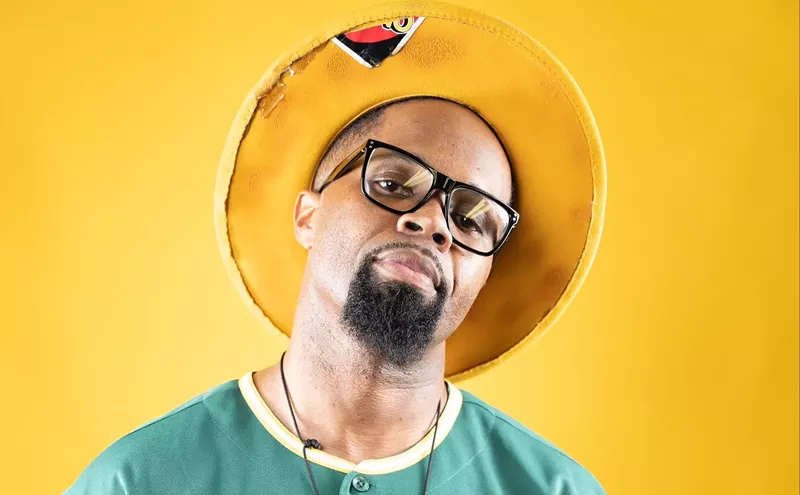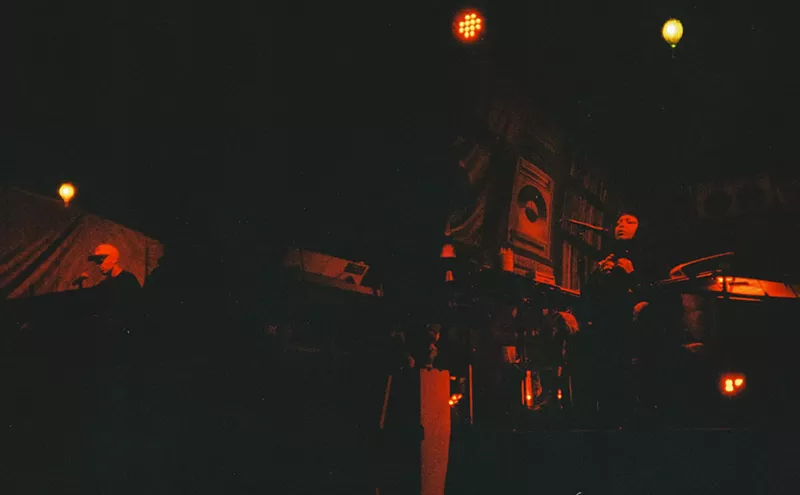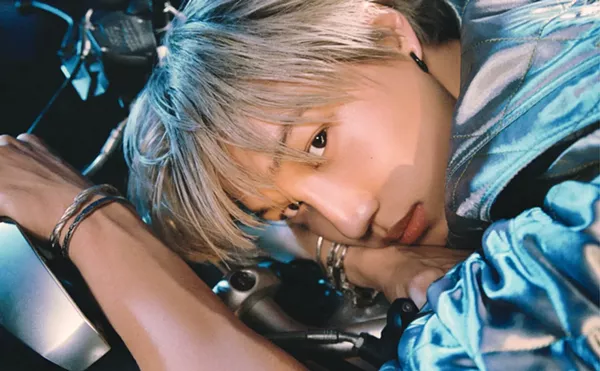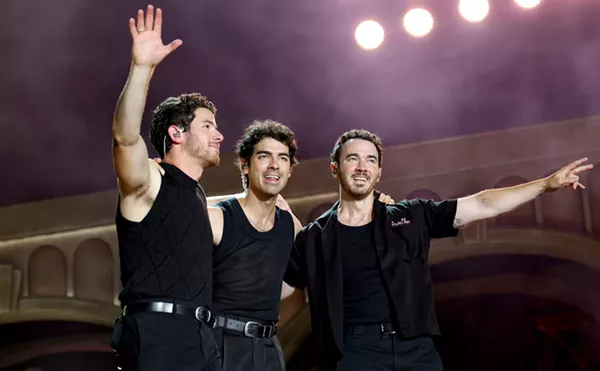The news that Aaron Carter died at the age of 34 last weekend hit close to home for fans. Many had followed the teen idol since he emerged from the shadow of his big brother, Nick Carter of the Backstreet Boys. It’s rare to see someone evolve and grow as an artist under the spotlight of media scrutiny for their entire life.
Carter’s contributions to popular culture will certainly be remembered. He will always be known to many Disney Channel viewers as one third of the biggest teeny-bopper love triangle of all times, when Carter was simultaneously dating a Lizzy Maguire-era Hilary Duff and a pre-Mean Girls Lindsay Lohan. Broadway fans will note his brief starring roles in Seussical and The Fantasticks. More recently, Carter made headline after headline for his addiction issues, and after accusing his siblings of abuse.
When evaluating Carter's time in the spotlight, one thing seems to have become entirely lost: the 2000 release of Aaron’s Party (Come Get It), a quintessential piece of modern pop music embodying the ode to celebrity culture that would dominate the subsequent decades.
The singer began his career with the self-titled Aaron Carter, released when he was only 9 years old. Being thrust into the glare of the tabloids at such a young age could not have been easy, especially for someone whose family was already at the center of public attention. Carter's older brother Nick had already kicked off the teen “boy band” sensation with the success of the Backstreet Boys. The rise of the internet changed the way celebrities were perceived; today, many of the invasive practices of online journalists would be considered unethical.
Perhaps it’s unfair to judge Aaron Carter and his early albums based on modern standards, but Carter’s early work was remarkably earnest thanks to his enthusiasm. Many child and teen stars, especially those under public scrutiny for so long, struggle to shed the reputation of being “precocious.” However, Carter’s genuine upbeat spirit (a trait he embodied in the press cycles as well) made his early records a favorite among younger listeners. He was undoubtedly an artist who knew the audience he was serving and did his best to give them what they wanted to hear.
It was also certainly nice to see someone of Carter’s relative youth willing to cover classic rock hits such as The Beach Boys’ “Surfin’ USA” and Queen’s “Somebody to Love” (in Ella Enchanted, a genuine classic). Even “Crazy Little Party Girl” felt like a throwback to ‘60s jukebox tunes, as it lacked the overtly synthetic quality that had dominated ‘90s boy band culture.
While Carter’s early records were certainly enough to draw attention, his efforts were largely defined by their juxtaposition with those of other artists. Carter had mostly been regarded as a protégée of the Backstreet Boys, and even launched his solo career opening for the boy band at a 1997 concert in Berlin covering The Jets’ “Crush on You.” He was also a young friend of Michael Jackson's (whom he controversially defended in recent years) and appeared on the sequel to “We Are The World.” Aaron’s Party, his second album, felt like Carter was announcing himself as an individual star.
The album dominated Radio Disney, MTV, VH1, Nickelodeon and BET shortly after its debut. It was an album that only could have been created shortly after the Y2K phenomenon; Carter expressed an early fascination for digital chatrooms with “My Internet Girl.” He certainly wasn’t the only artist at the time who played on the emerging digital trend, but the thematic pairing of prepubescent anxieties and gleeful web interactions was unique.
The entire album is tied to the trends of the early 21st century; “That's How I Beat Shaq” will forever be known as the song that played in the Hey Arnold! The Movie trailer, and "(Have Some) Fun With the Funk" was also released on the soundtrack for Pokémon: The First Movie. Perhaps those films aren’t regarded as cinematic classics, but they were certainly popular among Carter’s listeners. Young fans of Pokemon and Hey Arnold! got to listen to music that was recorded by someone close to their own age.
Aaron’s Party also benefited from Carter’s rising popularity on television. The Disney Channel release of Aaron Carter and Samantha Mumba in Concert certainly contributed to its circulation, and it felt like Carter had been “accepted” into this niche family of fellow Disney Channel alums. His frequent appearances opening for both the Backstreet Boys and Britney Spears had an oddly communal flair.
It’s somewhat disturbing to see how harshly Aaron’s Party was judged by music critics at the time. All Music compared Carter’s success to the nepotism of President George W. Bush, and Entertainment Weekly described Carter’s voice as “chirpy.”
While the critics certainly made a case, it felt as if criticism toward Carter specifically was a product of a general resentment toward child stars. In recent years, pop culture historians have reflected on the treatment of younger artists; the documentary Framing Britney Spears, for example, called attention to the sexist treatment the singer endured via a relentless media barrage.
Yet, compared with an album like Spears' …Baby One More Time, which was held up as a scapegoat for its "bad influence" on an age of changing fashion and attitudes among young women (and, boy, would Britney's album seem tame when compared to Christina Aguilera's Stripped a few years later), there was nothing inflammatory about Aaron’s Party. Even the self-aggrandizing songs like “That’s How I Beat Shaq” were done with a sense of earnest glee. The title track “Aaron’s Party (Come Get It)” is the personification of any child’s dream of throwing a massive bash when their parents are away. Carter was simply boasting and exaggerating like any kid would. The music videos that accompanied these songs speak to the same innocent rebellion.
The success of Aaron’s Party and its impact on popular culture informs the rest of Carter’s work. His 2016 record Fool’s Gold is in many ways a spiritual sequel in which Carter reflects on his youth; even his Broadway appearance in Seussical reflected the same sense of childhood naïveté. Carter showed in 2017 with his record Love that he was interested in working on more experimental projects as well, and it's unfortunate that his greater ambitions will never see the light of day.
While Aaron’s Party might not have been considered a piece of “serious" music by critics of its era, it’s an album with the popularity to last longer than any deniers. Sadly, Aaron's Party may have been Aaron's last hurrah. But that high note is not a bad way to be remembered.

Audio By Carbonatix
[
{
"name": "GPT - Billboard - Slot Inline - Content - Labeled - No Desktop",
"component": "21721571",
"insertPoint": "2",
"requiredCountToDisplay": "2"
},{
"name": "STN Player - Float - Mobile Only ",
"component": "21861991",
"insertPoint": "2",
"requiredCountToDisplay": "2"
},{
"name": "Editor Picks",
"component": "17105533",
"insertPoint": "4",
"requiredCountToDisplay": "1"
},{
"name": "Inline Links",
"component": "18349797",
"insertPoint": "8th",
"startingPoint": 8,
"requiredCountToDisplay": "7",
"maxInsertions": 25
},{
"name": "GPT - 2x Rectangles Desktop, Tower on Mobile - Labeled",
"component": "22608066",
"insertPoint": "8th",
"startingPoint": 8,
"requiredCountToDisplay": "7",
"maxInsertions": 25
},{
"name": "Inline Links",
"component": "18349797",
"insertPoint": "8th",
"startingPoint": 12,
"requiredCountToDisplay": "11",
"maxInsertions": 25
},{
"name": "GPT - Leaderboard to Tower - Slot Auto-select - Labeled",
"component": "17357520",
"insertPoint": "8th",
"startingPoint": 12,
"requiredCountToDisplay": "11",
"maxInsertions": 25
}
]

